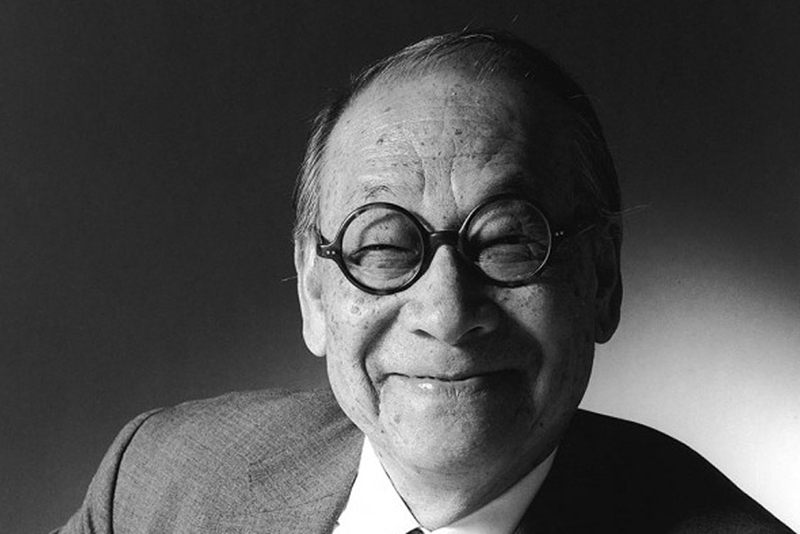
Ieoh Ming Pei, better known as I.M. Pei, was a master of modern architecture who built some of the world's most unique buildings. Born in China in 1917, Pei's ancestry traces back to the Ming dynasty. He emigrated to the U.S. when he was 17 to pursue his love of architectural design. Over the course of a long international career, Pei designed nearly 50 projects within the U.S. and abroad. Among his best-known projects are the glass pyramid entrance pavilion he designed for the Louvre museum in Paris, and the East Building of the National Gallery of Art in Washington. Pei's projects won him major distinctions and awards, including the Pritzker Prize, which is widely regarded as the "Nobel Prize of architecture." Pei's position among the elite architects of the world was further secured in 1993 when he was awarded the Presidential Medal of Freedom, the foremost U.S. civilian honor.
Pei began his architecture studies at the University of Pennsylvania before transferring to MIT in 1935. Although he initially transferred into the engineering program at MIT, the dean of the architecture school was taken aback by Pei's talent for design and persuaded the young man to return to his initial major. At MIT, Pei excelled in his studies that not only taught him design, but also the science and technique of building. His development as an architect was particularly affected when the Swiss-French architect Le Corbusier visited MIT's campus. Corbusier was a strong proponent of the new "International Style," which Pei would employ in many of his future constructions. The style is characterized by a simplified form and the use of glass and steel materials. "The two days with Le Corbusier, or 'Corbu' as we used to call him, were probably the most important days in my architectural education,” said Pei. In 1940, after completing his thesis "Standardized Propaganda Units for War Time and Peace Time China," Pei received his Bachelor's in Architecture. Additionally, he was awarded an MIT Traveling Fellowship.
Pei's contribution to the MIT landscape remains significant since he designed several key buildings that established the form of the campus today. On top of that, in 1994 he returned to his alma mater as part of MIT’s Technology Day, the signature event at that year's alumni reunion. During his talk to the MIT community, Pei offered an invaluable behind-the-scenes account of the conceptualization, design, and construction of the Louvre Museum in Paris. Pei also served as a member of the MIT Corporation from 1972–1977 and again from 1978–1983. He was also an honorary member of the Council for the Arts at MIT. After the architect's passing in 2019 at the age of 102, Hashim Sarkis, Dean of the MIT School of Architecture and Planning, tried to articulate the broad legacy he left behind: “Pei was a giant whose vast and varied output consistently rose to the civic responsibility of architecture, elevating cultural, institutional, and residential buildings alike to monuments of modern life."
